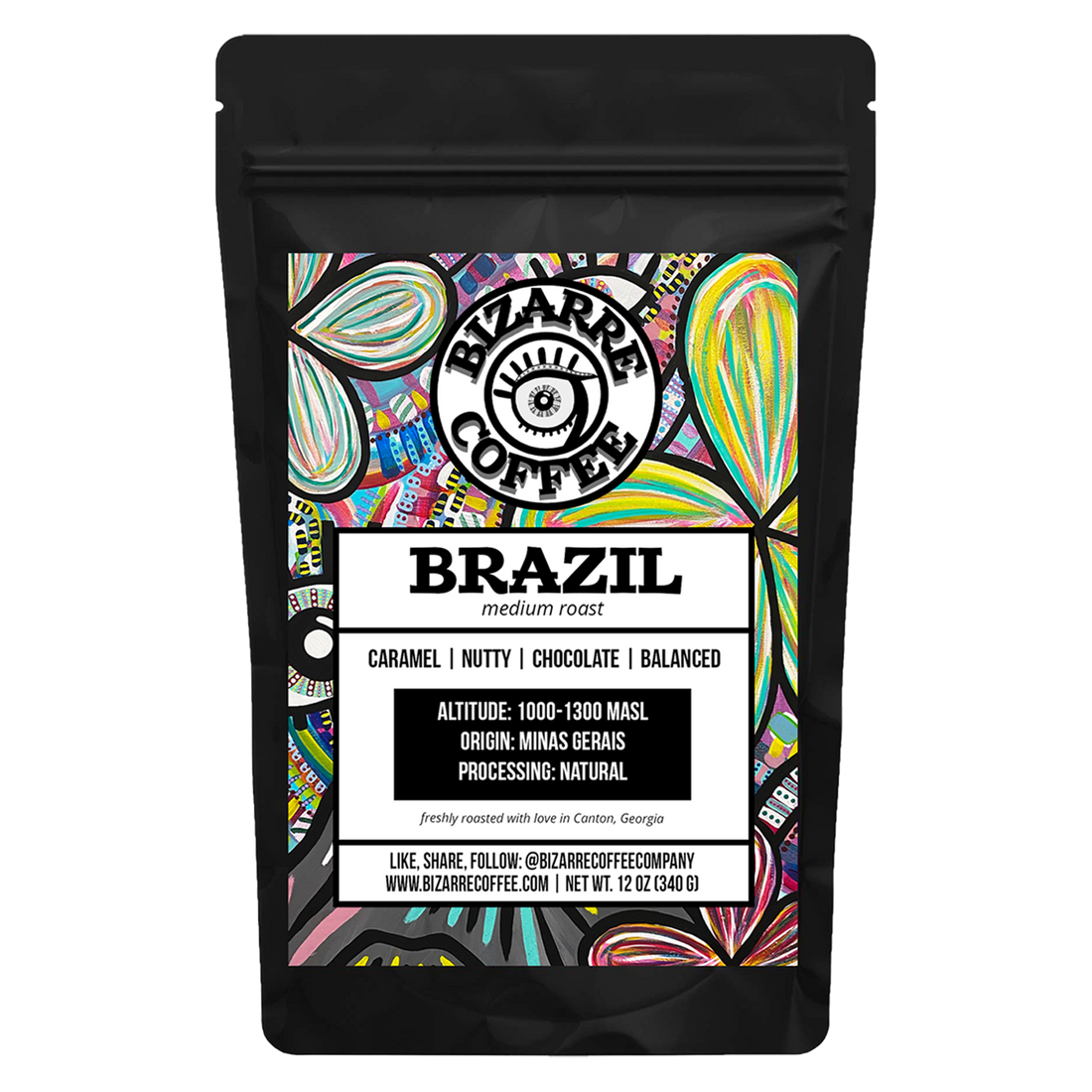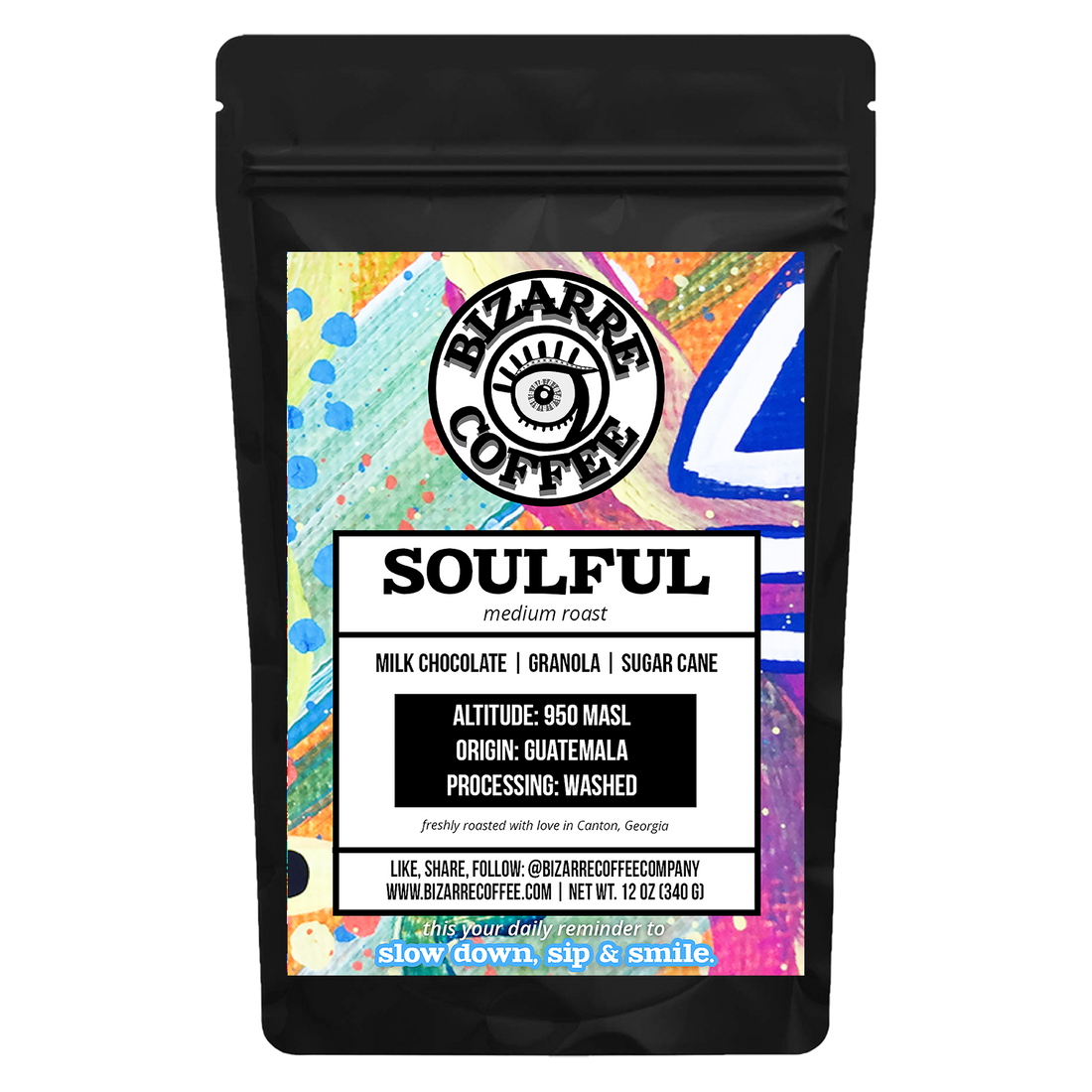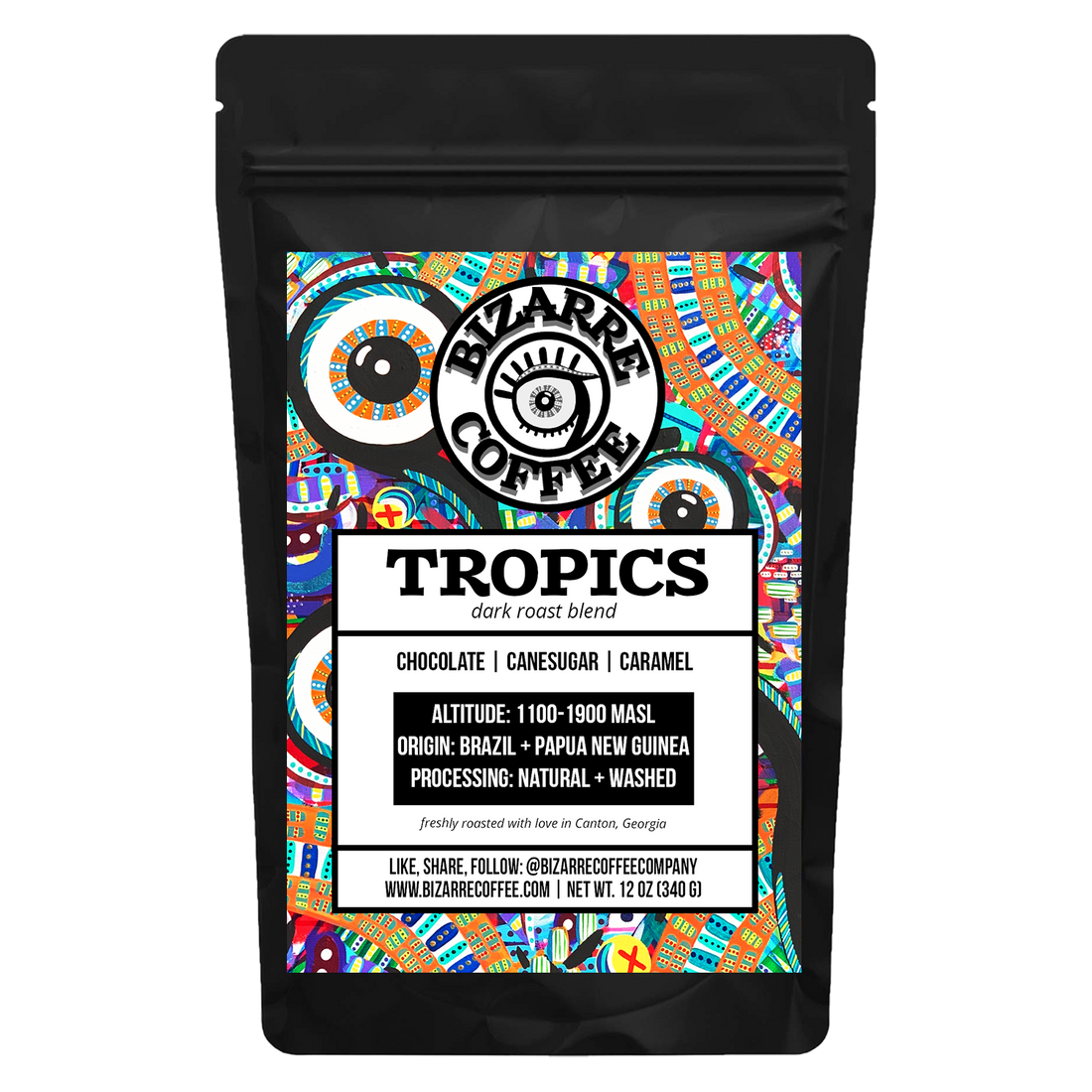Have you ever wondered how heating a coffee bean not only gives us our beloved coffee but also offers it in an array of variations? We’re here to break down the different roasting processes and explain how one bean can be manipulated to produce the light, medium, and dark roasts that we all know and love today.
What is the difference between light, medium and dark roast Coffee?
What is light roast coffee?
Light roasts undergo a shorter roasting duration and are subjected to lower temperatures compared to dark and medium roasts. The beans can reach a temperature of between 385 and 410 degrees. This gentler roasting allows for the bean to retain much of its natural acidity and distinctive flavor characteristics. What might surprise many is that light roast coffees actually contain a higher caffeine content and possess a tangy acidity that awakens the senses.
Light roast coffee beans typically are light brown color and have no oil on the surface. Light roasts preserve the bean's intrinsic qualities while introducing drinkers to a spectrum of flavors that might surprise the uninitiated. Basically, light roast coffee boasts more complex flavors!
What is medium roast coffee?
Medium roasts undergo a slightly longer roasting process, they are subjected to higher temperatures between 400 and 430 degrees before they make their first cracking sound. Medium roasts strike a balance between the vibrant acidity of light roasts and the rich depth of dark roasts
Often referred to as "American" or "breakfast" roasts, medium roasts retain some of the bean's original characteristics while also introducing subtle caramelized notes. Picture sipping on a cup of coffee with a medium roast—it's like enjoying a perfectly orchestrated symphony of flavors, with hints of chocolate or nuttiness adding to the overall harmony.
What is dark roast coffee?
Dark roasts undergo the longest roasting process and are roasted at temperatures between 430 and 450 degrees before they reach their first crack. Due to their longer roasting process, dark roast beans tend to lose more moisture, density and acidity giving them an almost black and shiny appearance.
Dark roast coffee has a strong flavor profile that is robust and strong. Think of them as the espresso shots of the roasting spectrum—intense, powerful, and packed with character. With names like French or Italian roasts, these beans offer a sensory experience like no other, with deep, smoky flavors and a lingering bitterness that leaves a lasting impression.
Caffeine Content and Aromatic Complexity
Beyond their flavor profiles, each roast level also impacts the caffeine content and aromatic complexity of the final brew. Light roasts, with their shorter roasting times, tend to retain more caffeine and exhibit a brighter, more acidic flavor profile. Medium roasts strike a balance between caffeine content and flavor complexity, making them a popular choice for everyday enjoyment. Dark roasts, while lower in caffeine, boast a rich, robust flavor with intense aromas that captivate the senses.
What role does roasting play in Coffee Culture?
Understanding the differences between light, medium, and dark roasts not only enhances our appreciation for coffee but also enriches our coffee culture. Whether you're a purist who savors the nuanced flavors of a light roast or a bold adventurer who embraces the intensity of a dark roast, there's a coffee out there to suit every taste preference.
Coffee Roasting Techniques and Trends
While light, medium, and dark roasts represent the traditional spectrum of coffee flavors, modern coffee culture has witnessed a surge in innovative roasting techniques and flavor profiles. From single-origin beans to specialty blends, coffee roasters around the world are pushing the boundaries of taste and terroir.
One such trend is the rise of specialty coffee, which emphasizes quality, sustainability, and traceability throughout the entire coffee supply chain. Specialty coffee roasters meticulously source beans from select regions, focusing on factors such as altitude, soil composition, and cultivation methods to create truly exceptional brews.
In addition to traditional roasting methods, some coffee artisans are experimenting with unconventional approaches, such as barrel aging or nitrogen infusion, to impart unique flavors and textures to their coffee creations. These experimental roasts offer coffee connoisseurs an opportunity to explore new taste sensations and expand their palate beyond the familiar.
What's the future of coffee roasting?
As we look to the future, the coffee industry is poised for continued growth and innovation. With advancements in roasting technology, sustainability practices, and consumer preferences, the possibilities for coffee roasting are limitless.
From small-batch roasters to large-scale coffee producers, the quest for excellence drives every aspect of the coffee roasting process. Whether it's perfecting the roast profile, reducing environmental impact, or fostering social responsibility, coffee roasters are committed to delivering exceptional coffee experiences while preserving the planet for future generations.
The art and science of coffee roasting are as diverse and dynamic as the beans themselves. From light, medium, and dark roasts to experimental flavors and sustainable practices, coffee roasting continues to captivate our senses and inspire our taste buds. So, the next time you enjoy a cup of coffee, savor the journey from bean to brew and toast to the rich tapestry of flavors that make each sip a moment of pure delight.
Try our small-batch roasted, specialty coffee!

Bizarre Coffee Light Roasts
Bizarre Coffee Medium Roasts
- Brazil Medium Roast Coffee
- Soulful Medium Roast Coffee
- Jammin' Toast Medium Roast Coffee
- Freaky Deaky Medium Roast Coffee
- Bizarre Coffee Decaf Medium-Dark Roast Coffee
- Earthling Light-Medium Roast Coffee
Bizarre Coffee Dark Roasts
- Tropics Dark Roast Coffee
- Freakish Dark Roast Coffee
- Jude's Brew Dark Roast Coffee
- Bizarre Coffee Decaf Medium-Dark Roast Coffee
Blogs You Might Also Like











